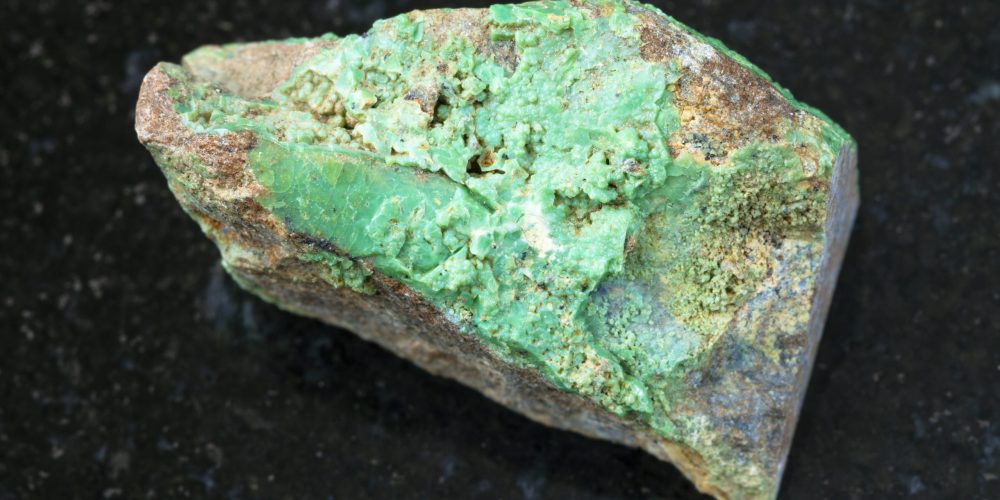Nickel is one of the most common elements in the earths’ crust. Therefore, general depletion is not likely, however mining of remaining ores with reduced nickel contents, mines in disperse locations and increasing environmental regulations turn nickel mining more challenging.
Due to an expected surge in global electric vehicle sales, the demand for Nickel starts to change its production, even though at present the share of battery materials is just around 3-4% of global mine production. Among all the existing Nickel containing ores, only the sulfide ones are suitable to produce battery grade Nickel.
One problem concerning batteries is that the demand of Nickel to produce batteries is comparatively low, so that other uses determine supply. Generally, the supply of Nickel is tied to the demand from the steel sector. As China is the largest consumer of steel demanding about half of global Nickel any concern, hesitation or other movement towards economic development in China triggers Nickel price development. A weaker economy would result in lower demand from the steel industry, but in such a situation it is likely that also the special steels and automotive industry would decline so that the entire supply-demand balance would stay intact, just on a lower level.
Mining and Production
Nickel is a bulk material primarily mined from lateritic Nickel ores and sulphides. There are about 20 countries on all continents, in which Nickel ores are mined. As for Graphite, there are variations in the raw materials and only the so-called High-Grade Nickel, produced from sulphides, is suitable to produce battery grade Nickel. Today, several operations mainly in Southeast Asia have been closed due to environmental concerns. In Indonesia, the production of Nickel has more than tripled since 2016 to now being the largest producer worldwide. The Philippines follow right after with the second largest share.
Issues
In principle, Nickel supply is strongly tied to global economic health which is shown by the demand for steel. However, steel is primarily produced from low grade nickel ores so that high grade production has to be looked at separately. Only a few refineries are capable of producing battery grade Nickel at present with more refineries in the conversion or ramp up.
The availability of suitable Nickel ores could also become a showstopper in the future. But it is also possible that technologic advancements will find solutions for using lower grade Nickel for battery production. The emerge of new technologies with the aim of replacing cobalt in batteries could lead to a surge in nickel demand in the future.
A widespread problem during Nickel mining is the environmental damage, mostly due to sulfuric emissions leading to acid rain. This is drastically shown in Norilsk, Russia, which is considered the dirtiest city of Russia – with remedies taken since a few years.
adapted from Dr. Volker Zepf
Sources:
Annual Reports of the major producers and Mineral Commodity Summaries and Yearbooks provided by the USGS, the BGS and several Financial Market Reports (which generally reflect USGS and producers press releases)
The International Nickel Study Group offers a variety of statistics data, reports and other information around Nickel. Nearly all data is with costs and can be ordered via their homepage
INSG (2020): Nickel – Production, Usage and Price.
Norilsk Nickel (2018): Annual Report 2017
USGS (2019): Minerals Yearbook Nickel 2015.
USGS (2019): Minerals Yearbook Nickel 2016 Advanced Release.
USGS (2020): Mineral Commodity Summaries Nickel 2020.
